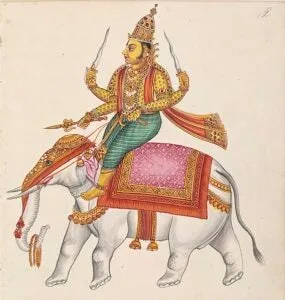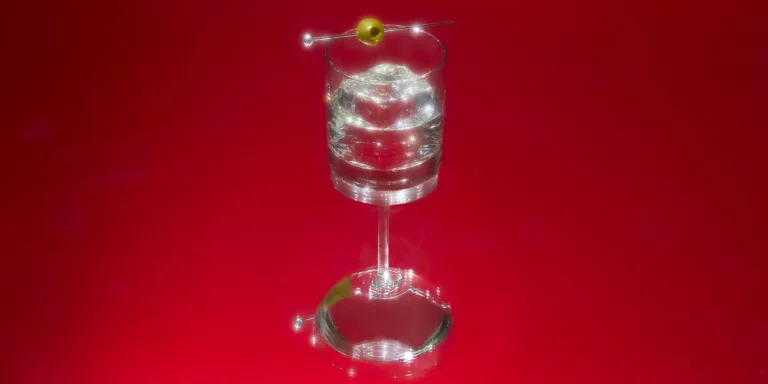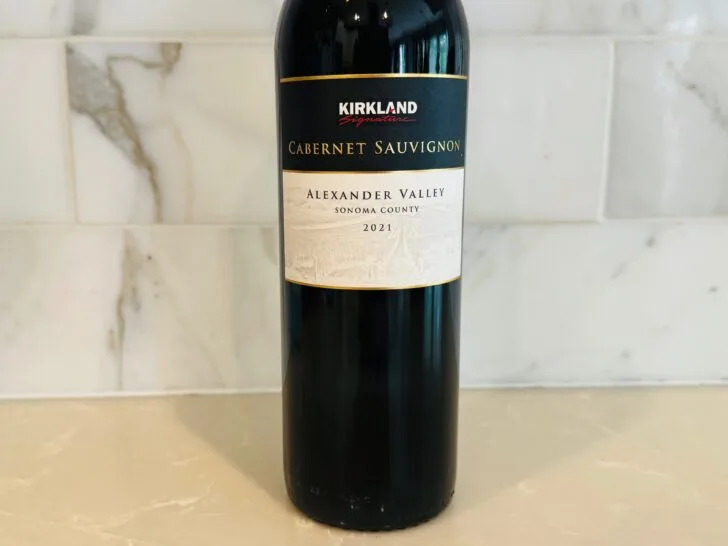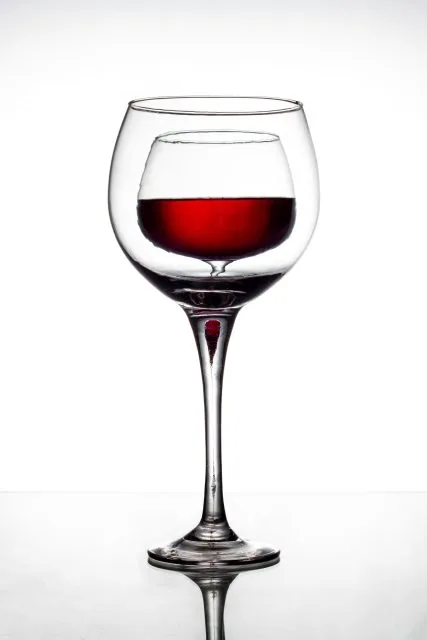The honey of the bee, as well as the juice extracted from grapes, are called madhu,” states the Arthaśāstra, a 2,000-year-old compendium of statecraft and domestic economy written at the Mauryan court of India. This first piece of intelligence comes in a section offering advice to the superintendent of a royal storehouse (II: XV).
Further on in the text, in a recitation of the duties of a superintendent of liquor, whose job involved overseeing the disporting of merchants with their mistresses in “half-closed rooms,” the most prized intoxicating drinks are listed. They include various honeyed and spiced fermented potions made with jaggery (unrefined palm sugar), tree bark, or rice, long pepper and black pepper, cinnamon, turmeric, and the psychoactive betel nut, but the confusion for the wine historian sets in with reference to madhu.
Whereas rudimentary recipes are given for the drinks mentioned beforehand, their proportions stated relative to each other, madhu is identified by what appear to be its notable appellations. “Madhu is grape juice,” states the text. “Its name, according to its place of origin, is Kāpiśāyana and Hārahūraka” (II: XXV).1 In a recent authoritative scholarly work, An Unholy Brew: Alcohol in Indian History and Religions (2021), James McHugh identifies the first of these locations as Kapiśa, near Begram in present-day Afghanistan, while the second remains uncertain. The point is that madhu is not a drink to be blended by the quartermaster, but is imported ready-made from further west, from lands where it arose from a native
This Article was originally published on World of Fine Wine







